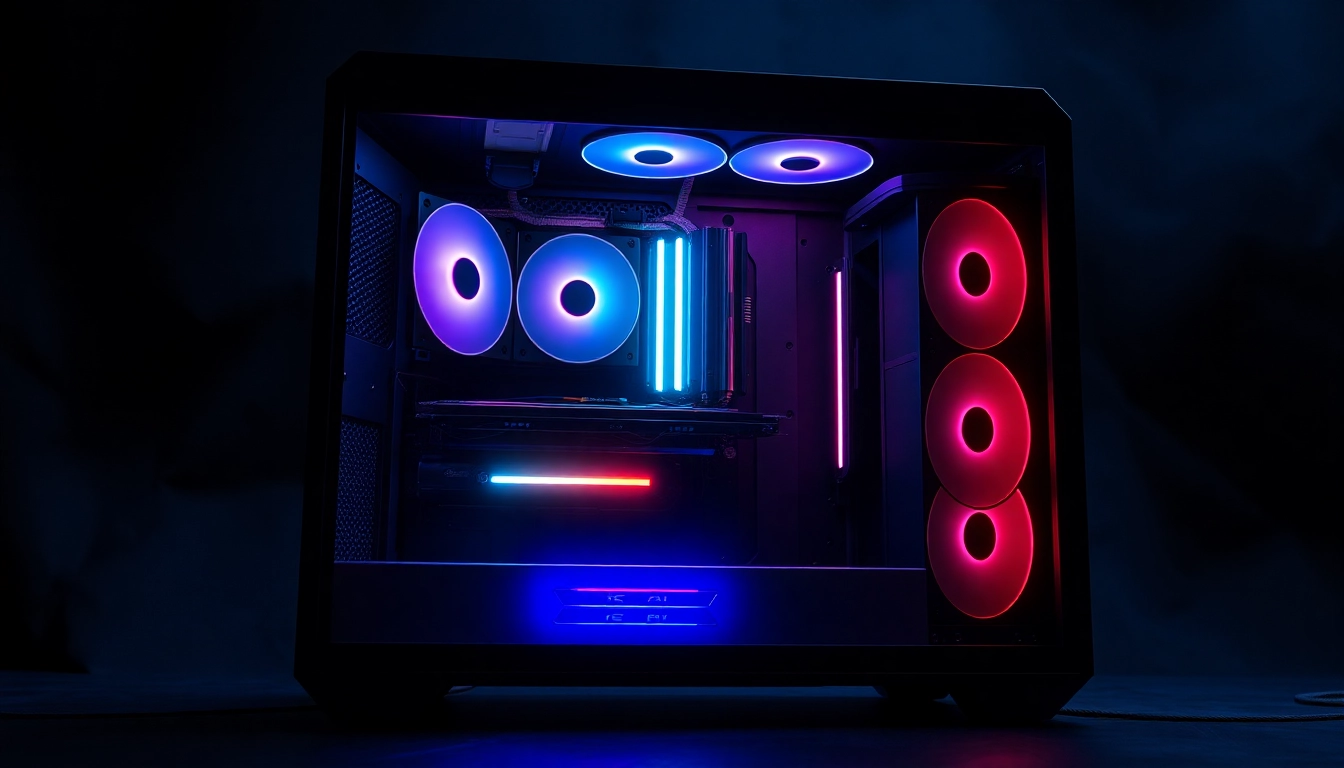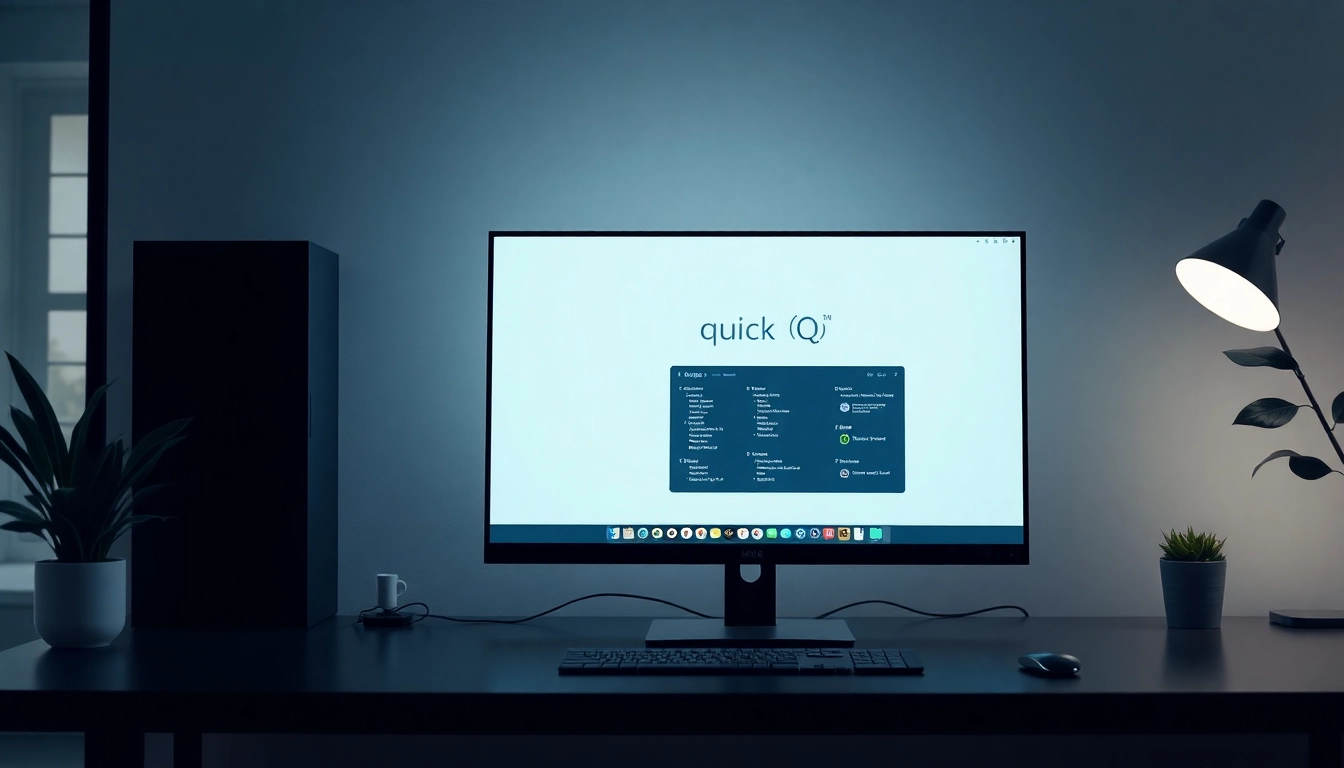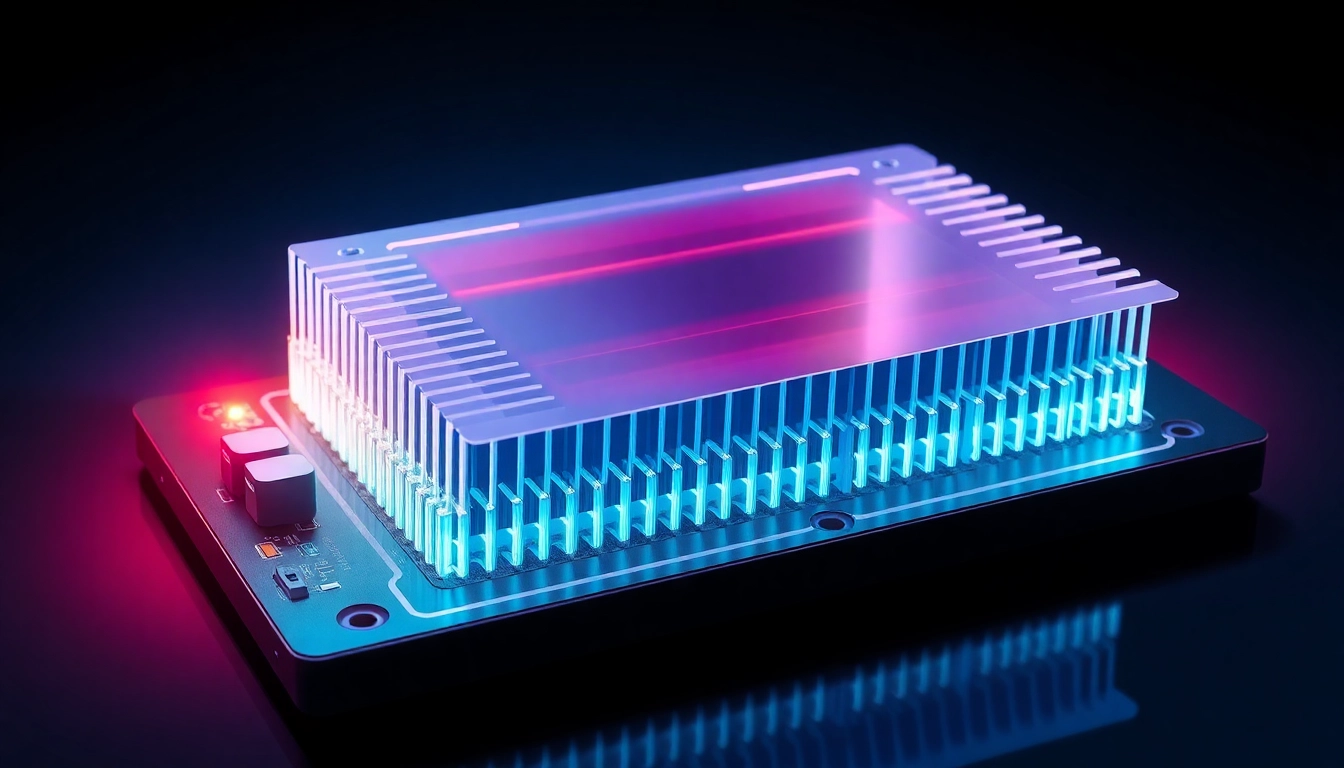Understanding Custom Gaming PC Cases
What is a Custom Gaming PC Case?
A custom gaming pc case is a specially designed enclosure for computer components that showcases not only the technical prowess of the hardware inside but also the personal flair of the owner. Unlike standard pre-manufactured cases, which tend to follow a universal design pattern, a custom case can be tailored to suit aesthetic preferences, hardware requirements, and cooling solutions. These cases are particularly popular among gamers and PC enthusiasts who want their rigs to stand out and reflect their personal style.
Benefits of Custom Gaming PC Cases
Investing in a custom gaming PC case can offer a myriad of benefits:
- Personalization: A custom case allows gamers to express their identities through various design elements such as colors, materials, and artwork.
- Enhanced Performance: Many custom cases prioritize airflow and cooling options, ensuring that high-performance hardware operates at optimal temperatures.
- Unique Designs: With custom cases, the possibilities are endless. This accessibility allows for creative builds that can include features like LED lighting, glass panels, and bespoke cooling immersions.
- Better Component Compatibility: Custom cases can be designed to fit specific hardware configurations, ensuring that all components harmonize and function effectively.
Key Features to Look For
When selecting or designing a custom gaming PC case, several features should be prioritized:
- Size Compatibility: Ensure the case fits the motherboard size (ATX, Micro-ATX, Mini-ITX) and leaves room for upgrades.
- Cooling Options: Look for provisions for multiple cooling fans and liquid cooling systems, if necessary.
- Material Quality: High-quality materials like aluminum or tempered glass not only enhance aesthetics but also offer durability.
- Accessibility: Consider features such as tool-less drive bays and removable dust filters for ease of building and maintenance.
Choosing the Right Materials
Types of Materials Used in Custom Cases
Building a custom gaming PC case requires selecting appropriate materials, as they directly impact aesthetics, performance, and durability. Common materials used include:
- Steel: This material provides strength and durability and is often used in the frames of cases.
- Aluminum: Lightweight and corrosion-resistant, aluminum cases tend to have a premium feel and are more expensive.
- Tempered Glass: Used for panels, tempered glass offers a stylish view of internal components and lighting but requires careful handling.
- Acrylic: Often used for windows, acrylic is lighter and less prone to shattering than glass, although it scratches more easily.
Impact on Aesthetics and Performance
The choice of materials significantly affects the visual appeal and thermal performance of a custom gaming PC case. For instance, cases with tempered glass panels can be equipped with LED lighting, creating stunning visual effects. Likewise, well-ventilated designs, often using aluminum or a mix of materials, can enhance airflow, leading to better cooling performance, which is crucial for overclocked systems.
Durability Considerations
Durability is paramount in a gaming PC case, as it protects fragile hardware components. Steel and aluminum cases generally offer better resistance against impacts and wear. Additionally, features such as removable dust filters can improve the lifespan of valuable hardware by keeping dust and debris at bay.
Designing Your Custom Gaming PC Case
Incorporating Personal Style
The design phase is where gamers can really let their creativity shine. This process might involve integrating personal themes, colors, or even custom art. Many PC builders opt for unique paint jobs, stickers, or artwork representing their favorite games or franchises.
Functionality vs. Aesthetics
While aesthetics play a significant role in the design of a custom gaming PC case, functionality should never be compromised. Features such as proper cable management, cooling efficiency, and ease of access for upgrades are paramount. It’s essential to find a balance where the case not only looks visually appealing but also serves its practical purpose effectively.
Design Tools and Resources
A variety of online design tools and resources can assist in the design of custom gaming PC cases:
- SketchUp: An intuitive 3D modeling program that allows users to create and visualize their case designs.
- Fusion 360: A powerful tool for more advanced users to create detailed designs with high precision.
- Reddit Communities: Subreddits such as r/buildapc and r/pcmasterrace offer a wealth of feedback and inspiration from fellow enthusiasts.
Building the Custom Gaming PC Case
Step-by-Step Assembly Process
Building a custom gaming PC case involves several steps:
- Planning the Design: Sketch out your design, listing necessary components and their placements.
- Selecting Materials: Source the materials you will use for the build according to your design.
- Cutting and Shaping: Use appropriate tools to cut and shape panels according to your design specifications.
- Assembly: Fasten the pieces together using screws, supports, or adhesives where necessary.
- Finishing Touches: Sand down rough edges, paint or finish surfaces, and install any additional aesthetic elements.
Common Pitfalls to Avoid
Throughout the building process, builders should be aware of common mistakes which include:
- Neglecting Airflow: A poorly designed case can lead to heat buildup; always prioritize airflow in your designs.
- Ignoring Cable Management: Messy cables can not only hinder airflow but also detract from the aesthetics of your setup.
- Overcomplicating Designs: Simplicity often enhances functionality. Make sure to balance complicated designs with usability.
Tips for a Clean Wiring Setup
A clean wiring setup enhances both aesthetics and airflow. Here are some tips:
- Use Cable Extensions: These can provide a consistent color scheme and reduce clutter.
- Plan Cable Routing: Decide on paths for cables before installation to streamline the process.
- Employ Cable Ties: Keeping cables bound can prevent tangles and improves airflow.
Showcasing Your Custom Gaming PC Case
Best Practices for Display and Lighting
Once your custom gaming PC case is built, showcasing your hard work is essential. Effective lighting, such as LED strips, can enhance your build’s visual appeal. Additionally, consider placing the case on a display stand or desk that complements its design.
Sharing Your Build Online
Sharing your custom gaming PC build on social media or gaming community platforms allows you to connect with like-minded individuals who appreciate your artistry and effort. Utilize platforms like Instagram, Reddit, or YouTube to share visual progress updates or build videos.
Community and Networking Opportunities
Engaging with the PC building community not only grants opportunities to showcase your work but also to learn from others. Participate in PC-building contests or join forums where you can share tips and solicit advice. Numerous online communities provide support and feedback on custom builds, enriching the overall experience of creating a gaming PC.



